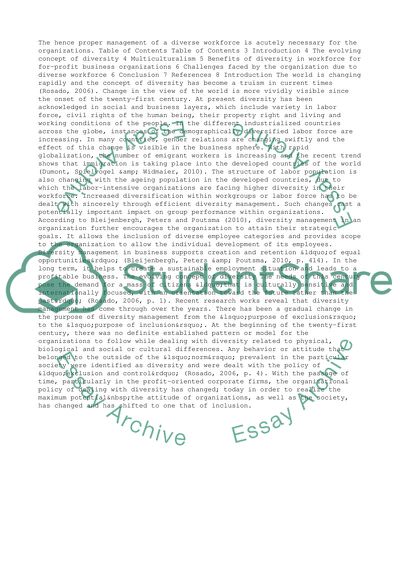Cite this document
(“Diversity in organization Research Paper Example | Topics and Well Written Essays - 1500 words”, n.d.)
Diversity in organization Research Paper Example | Topics and Well Written Essays - 1500 words. Retrieved from https://studentshare.org/business/1479515-diversity-in-organization
Diversity in organization Research Paper Example | Topics and Well Written Essays - 1500 words. Retrieved from https://studentshare.org/business/1479515-diversity-in-organization
(Diversity in Organization Research Paper Example | Topics and Well Written Essays - 1500 Words)
Diversity in Organization Research Paper Example | Topics and Well Written Essays - 1500 Words. https://studentshare.org/business/1479515-diversity-in-organization.
Diversity in Organization Research Paper Example | Topics and Well Written Essays - 1500 Words. https://studentshare.org/business/1479515-diversity-in-organization.
“Diversity in Organization Research Paper Example | Topics and Well Written Essays - 1500 Words”, n.d. https://studentshare.org/business/1479515-diversity-in-organization.


